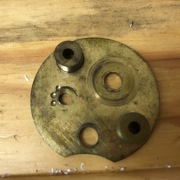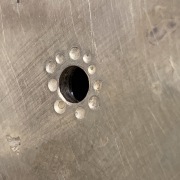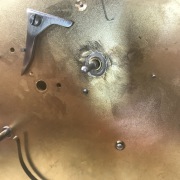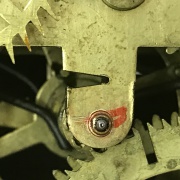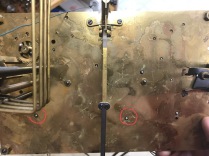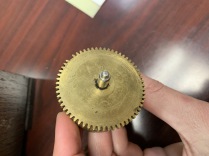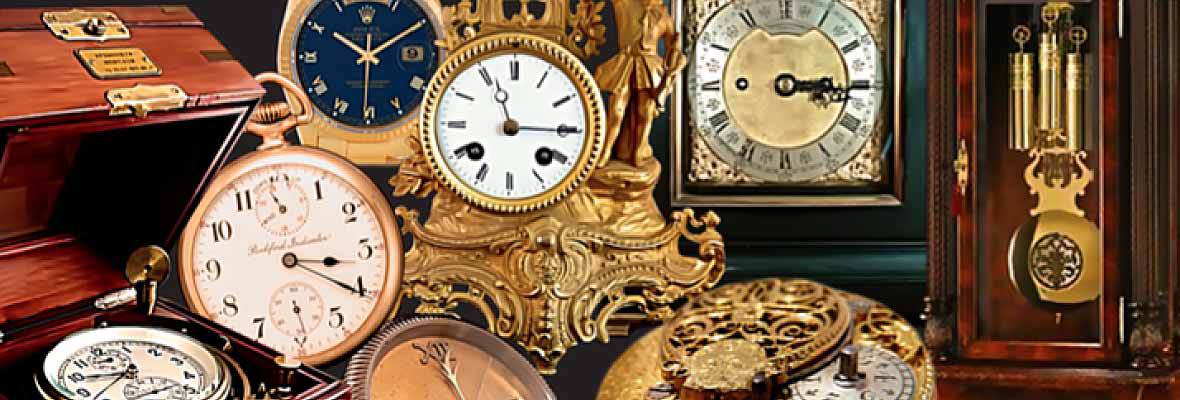

What to avoid
iClock and watch owners often question why watchmaking can be so cost intensive. The answer is easy. Most mechanical movements were produced in developed countries, i.e. Switzerland, France, England, Germany and of course the United States of America. Many movements have worked for 100 or 200 years and during those years have been cleaned, repaired or overhault many times by good and by bad watch- and clockmakers. In some cases the movement was altered so that in many areas it does not equate to the original state. Other have been overly repaired where they can only be recuperated with high effort and cost. Younger movements are so worn out due to thinner materials being used that large parts or the complete movement have to be replaced.
All parts needed were produced in the named countries and in some cases cost more than the original purchase price of the corresponding clock. A good clock/ watchmaker does not only need extensive expertise and experience, but high quality tools and equipment. Watchmaking tools due to small numbers are among the most expensive. A high quality outfitted repair shop with new equipment and tools can easily cost several hundred thousand dollars not counting the facility itself, insurance or safe transportation. To refinance such an investments the watchmaker has to repair many timepieces at an aceptable price to customers. I am saying this so you might spare yourself the experience of a cheap repair without the needed equipment.
Some examples that we see on a weekly basis:
In lack of quality bushing tools and bushings the material was punched to narrow the hole.
Without precise tools bushings were positioned wrong and made fit with soldering, cutting and bending the plate. Those damages will be there forever.
Too often we experience that movements were only partially or not at all cleaned or overhauled even so the customer paid for it. The movement to the left was supposedly overhauled, wich would include disassmbling, cleaning, bushing and repair. Instead the wholes are all dirty, showed a lot of wear and no bushing has been inserted.
To the right you can see a springbarrel missing a tooth. While in repair the spring raptured, taking out the tooth. Instead of repairing it, the repairman simply changed the position of the springbarrel to the hour strike train to make it least notible. He only informed his customer of the raptured spring and of course, charged him for a completed restoration.
Some Repairers try to save time by not disassembling the movements. The many spots you cannot reach without disassembling, you can not clean, you can not dry or reoil either. The chance that this just caused permanent damage is high.

